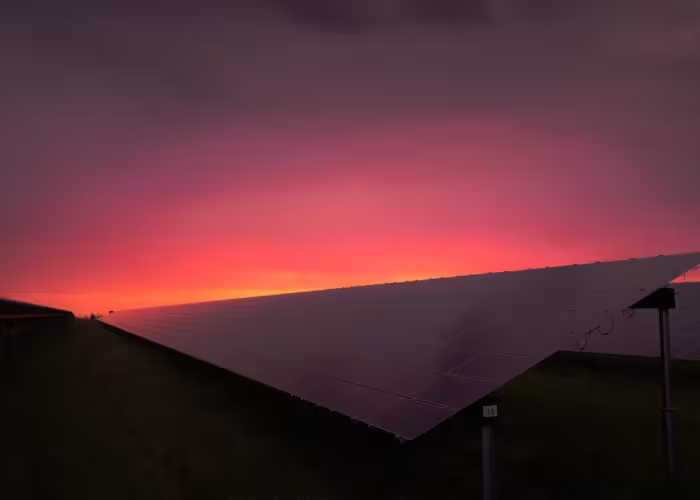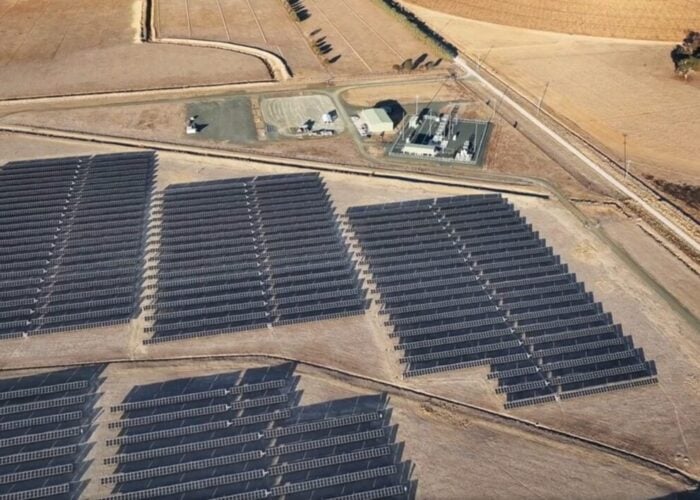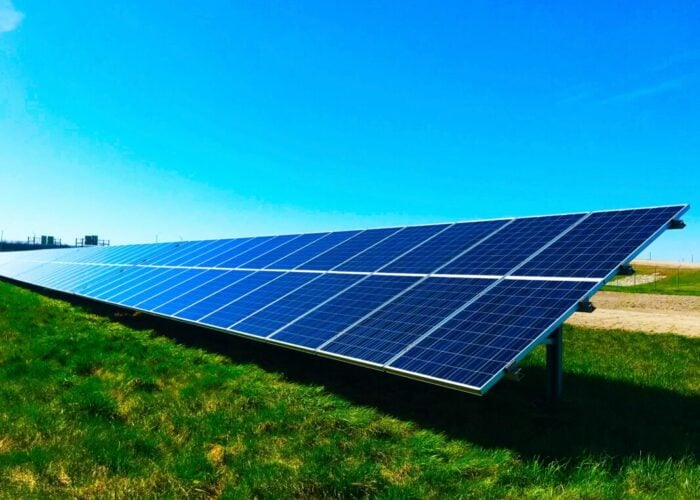
Sweden’s solar output is set to triple over the next two years to 3TWh and, with electricity production from both wind and solar expected to increase, the Scandinavian country is set to export roughly 41TWh by 2024.
The Swedish Energy Agency’s (SEA) Short-Term Forecast report, published today, showed that energy use in the country is expected to increase from 498TWh in 2020 to 523TWh in 2024.
Try Premium for just $1
- Full premium access for the first month at only $1
- Converts to an annual rate after 30 days unless cancelled
- Cancel anytime during the trial period
Premium Benefits
- Expert industry analysis and interviews
- Digital access to PV Tech Power journal
- Exclusive event discounts
Or get the full Premium subscription right away
Or continue reading this article for free
Sweden has a well establish wind power industry that the report predicts will increase its generation by 19TWh to 47TWh. Its nascent solar sector, however, is expected to treble its output in the next two years to 3TWh from just over 1TWh today.
Meanwhile, total electricity production is expected to increase from 161TWh in 2020 to 184TWh by 2024.
“This will also lead to increased electricity exports, which are expected to reach 41TWh in 2024,” said the report.
However, the level of exports will depend on the industrial sector’s energy use, which is expected to rise by 7TWh over the next couple of years. The sector has several large projects linked to the energy transition in the pipeline, but the report only considered those with permitting already in place, meaning export volumes will partly depend on their progress.
Sweden is a “global leader” in decarbonisation, according to the International Energy Agency (IEA), and has pledged to cut GHG emission by 59% by 2030 compared with 2005 levels.
It was also the first country in the world to introduce carbon pricing and currently has the highest carbon price in the world, which the IEA said has helped to drive decarbonisation.
It currently gets the vast majority of its power from hydropower (40%), nuclear (35%) and wind (17%) but its solar sector has been growing steadily.
In 2020, it added 400MW of solar PV, up from 287MW the previous year, and in mid-2021 it crossed the 1GW of connected solar capacity milestone.






